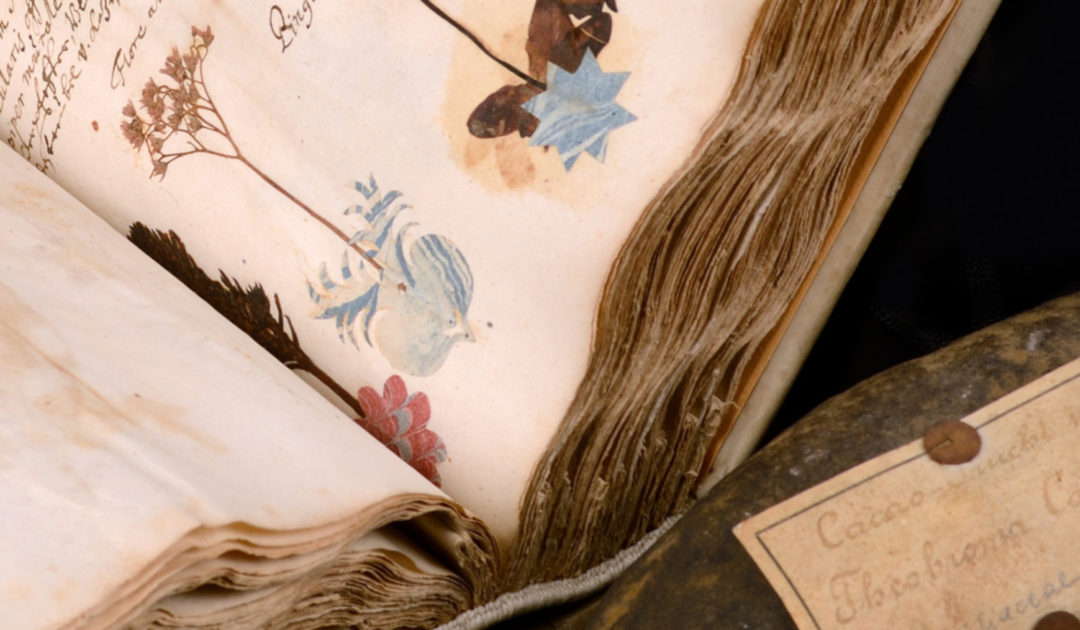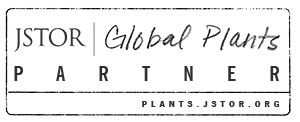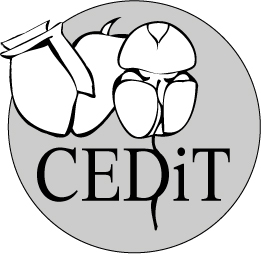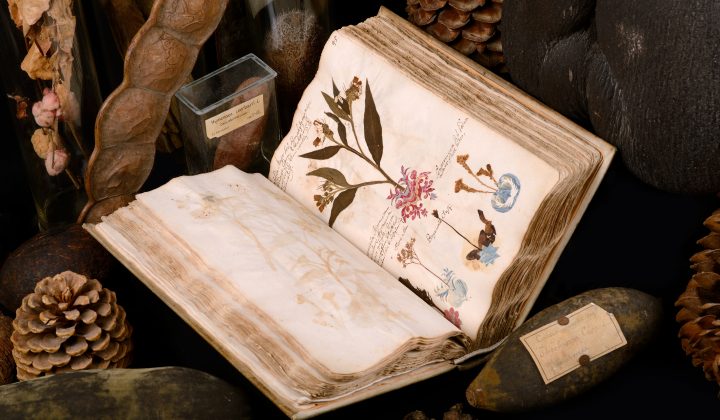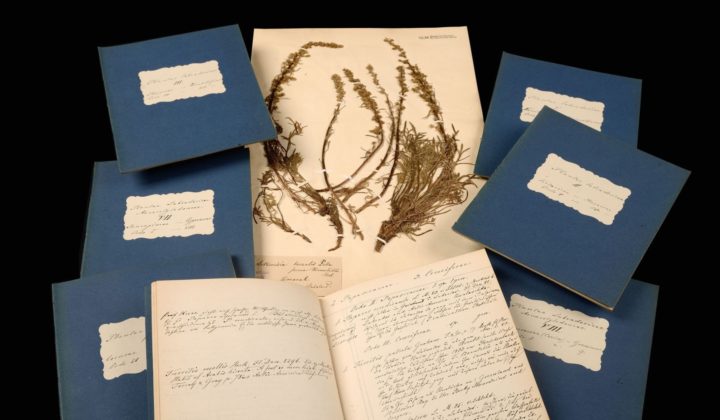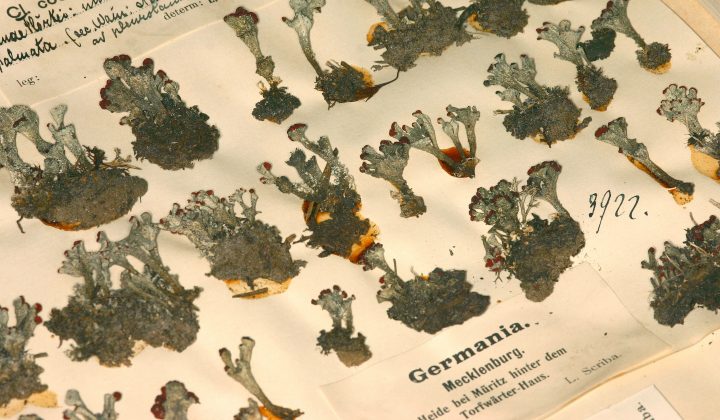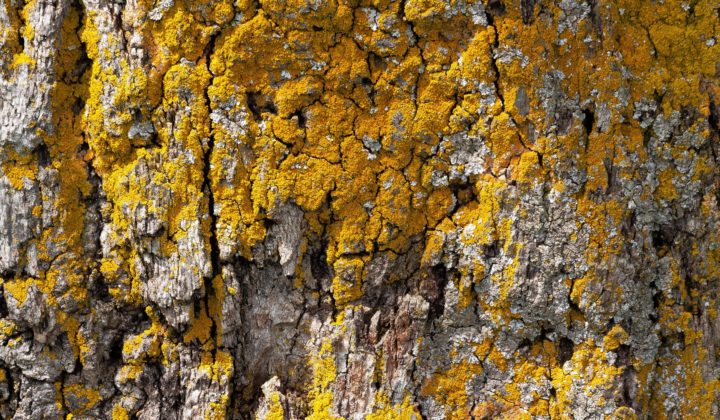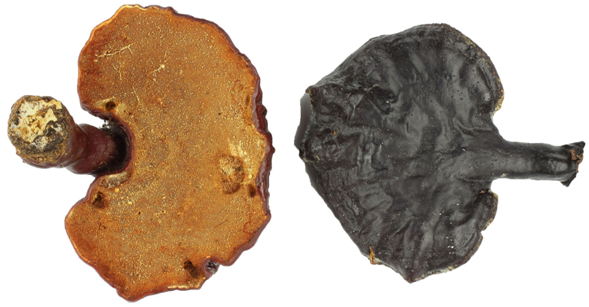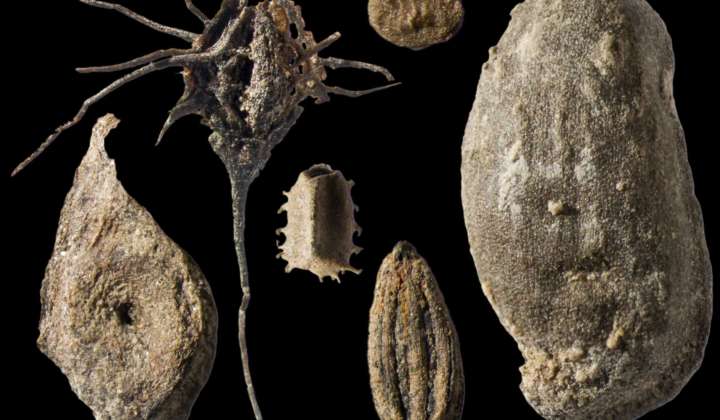Herbarium Senckenbergianum
Decentralized Botanical-Mycological Collections
The botanical-mycological collections of the Senckenberg Research Institutes are spread over 4 places: Frankfurt/M., Görlitz, Weimar and Wilhelmshaven.
The Herbarium Senckenbergianum in Frankfurt/M. was established in 1817, the Herbarium Senckenbergianum in Görlitz dates back to 1823. The two other collections in Weimar and Wilhelmshaven are of recent origin, have a narrow thematic focus and considerable smaller holdings. The special collection of Dinophyta in Wilhelmshaven (Centre of Excellence for Dinophyte Taxonomy – CEDiT) is no herbarium in the strict sense and hence not accredited in Index Herbariorum. Further details on the respective collections are given below.
Since the fusion of Senckenberg with the Natural History collections of Saxony (as of January 1st, 2009), staff of the botanical departments and sections meet annually to discuss technical issues like harmonization in handling of international loans and exchange programmes. The next step was the development of a common collection strategy. A special focus is on improving access to the collections by digitizing collection data and specimens. We hope to improve this further by applying for third-party grants aimed at collection development.
